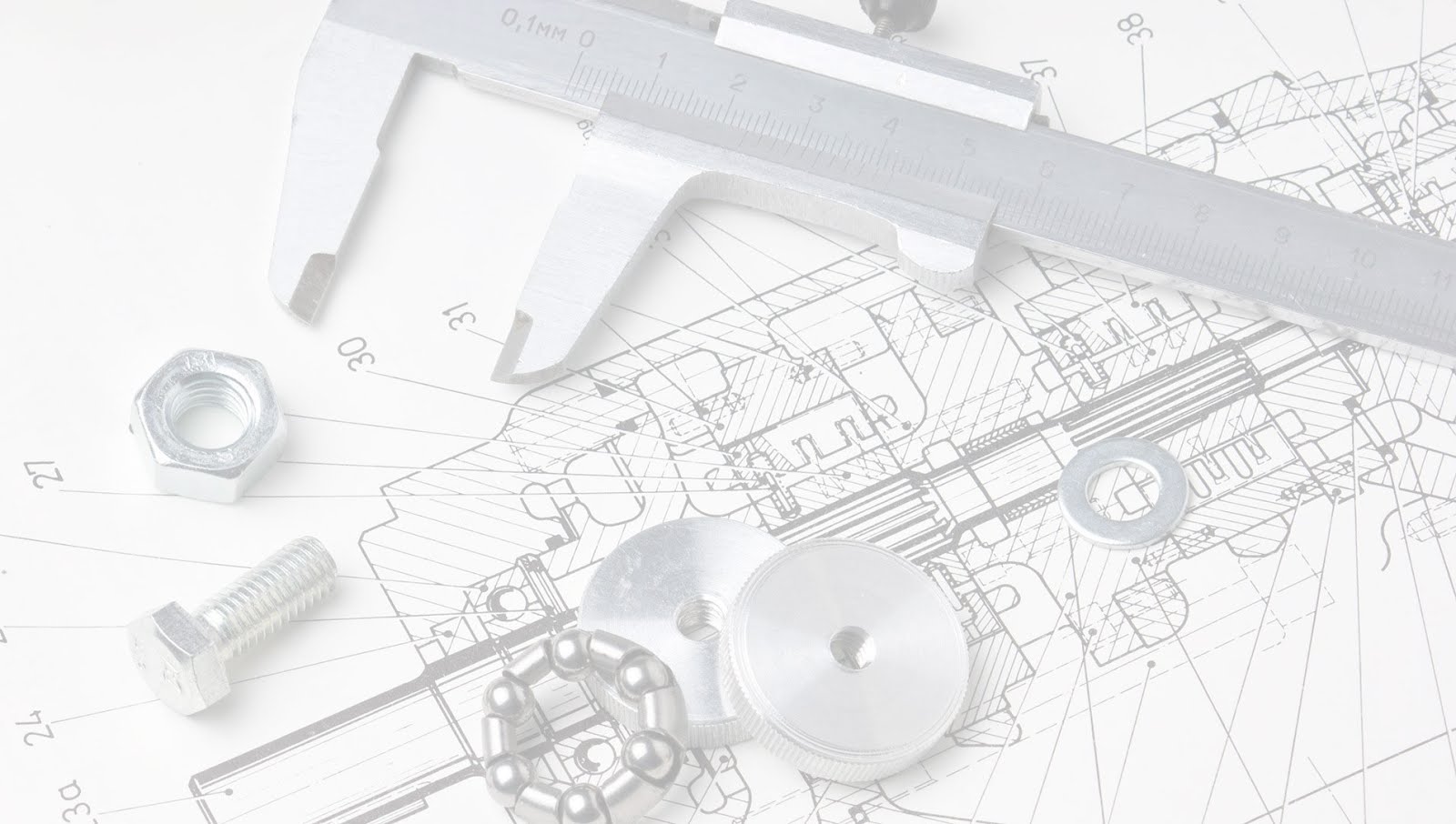Venturimeter is an instrument used to measure the discharge of liquid flowing in a pipe. It consists of three parts, i.e the converging cone, the throat and the diverging cone. The length of the divergent cone is made about three to four times convergent cone in order to avoid tendency of breaking away the stream of liquid and to minimise frictional losses. It may be noted that
(a) The velocity of liquid at the throat is higher than that of inlet.
(b) The pressure of liquid at the throat is lower than that of inlet.
(c) The velocity and pressure of liquid flowing through the divergent portion decreases.
The discharge through a venturimeter is given by

where
Cd = Coefficient of discharge,
a1 = Area at inlet,
a2 = Area at throat, and
h = Venturi-head.
(a) The velocity of liquid at the throat is higher than that of inlet.
(b) The pressure of liquid at the throat is lower than that of inlet.
(c) The velocity and pressure of liquid flowing through the divergent portion decreases.
The discharge through a venturimeter is given by
where
Cd = Coefficient of discharge,
a1 = Area at inlet,
a2 = Area at throat, and
h = Venturi-head.




i venturimeter flow takes place at atm or gauge or absloute pressure ?
ReplyDeleteAtmospheric pressure
DeleteAtmospheric pressure
Deletewhy does pressure decreases while velocity decreases in the divergent section.this should violate the energy conservation law.
ReplyDelete